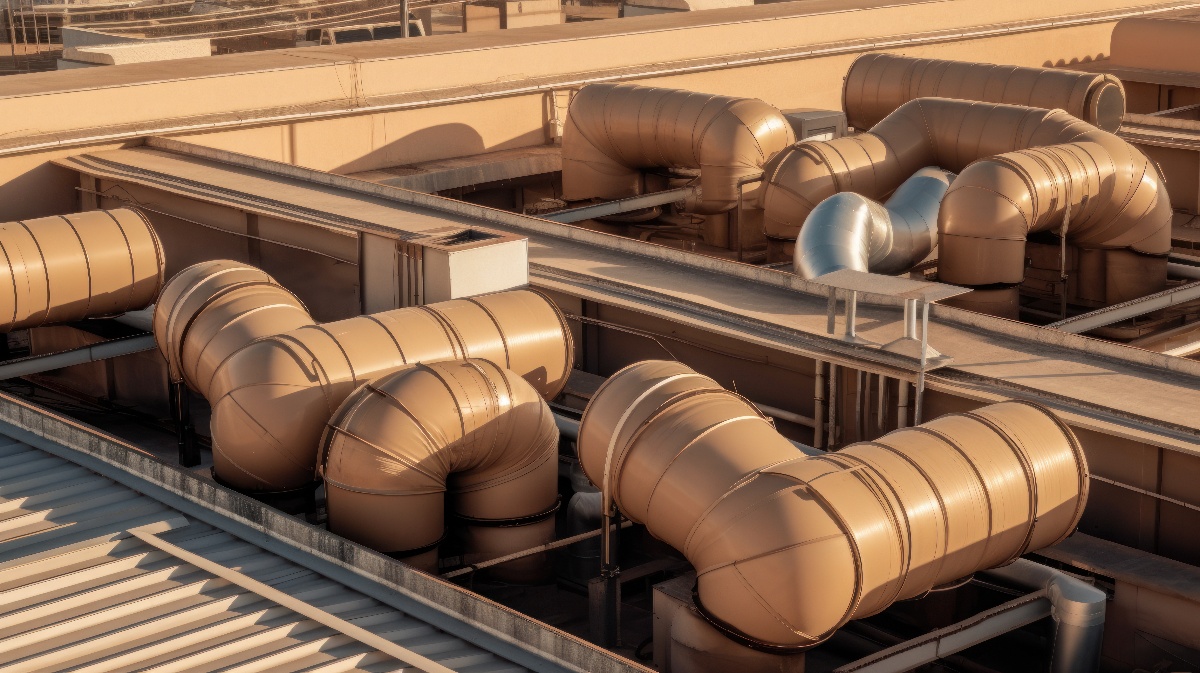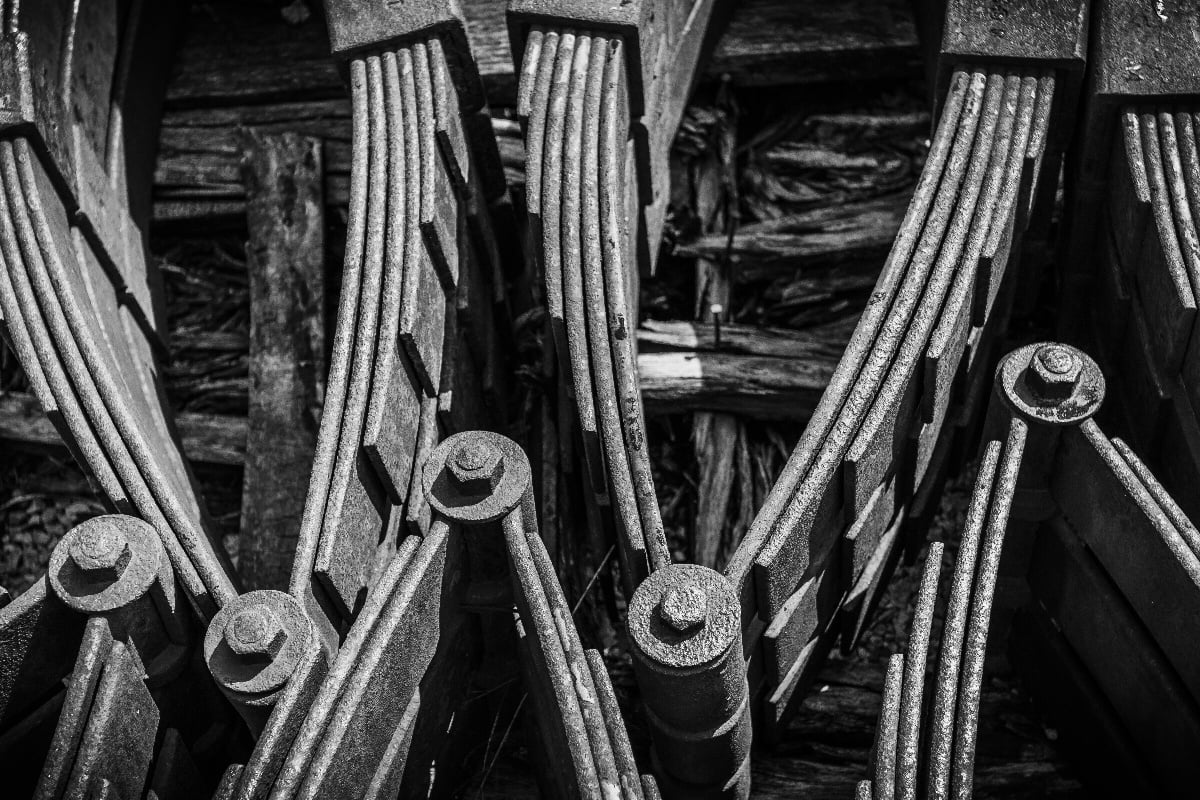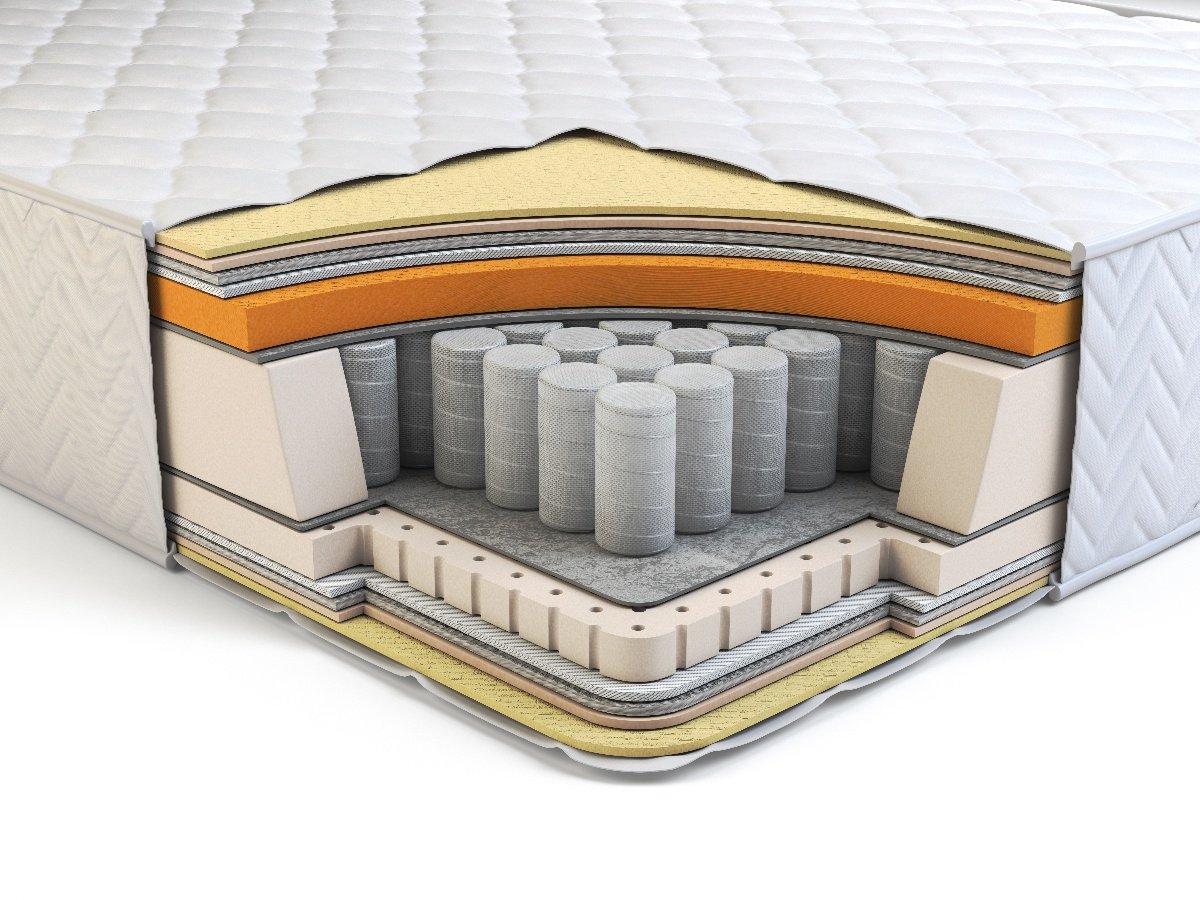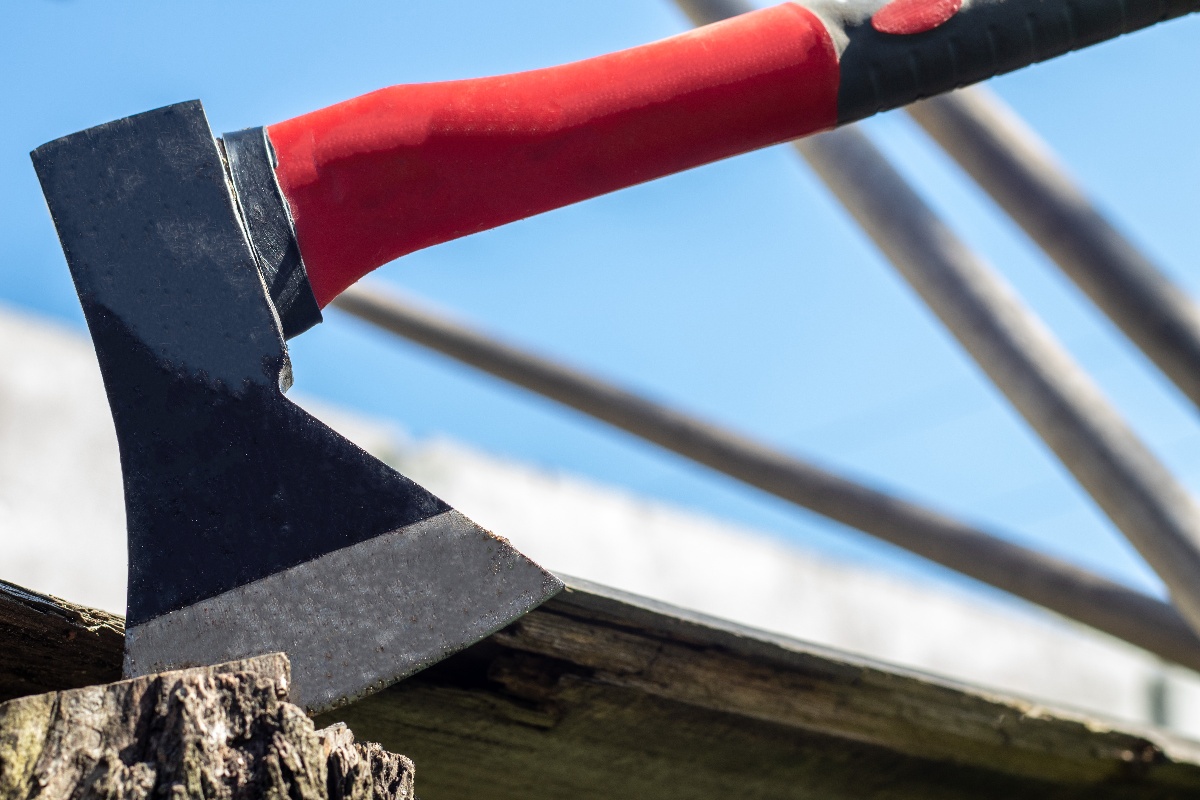
The HVAC (heating, ventilation, and air conditioning) industry plays a vital role in maintaining comfortable and safe indoor environments. However, HVAC systems often operate in harsh conditions and corrosive environments, leading to corrosion issues that impact system performance and lifespan. Traditional HVAC system materials like galvanized steel have limitations when it comes to corrosion resistance.
Corrosion resistance is crucial for HVAC systems to ensure proper airflow, energy efficiency, air quality, and longevity. Corroded ductwork or air handling units can lead to leaks, mold growth, air restrictions, and even system failure. Specifying the right materials is key to preventing corrosion in HVAC applications exposed to humidity, chemicals, outdoor air, or other challenging environments. Fiberglass-reinforced plastic (FRP) has emerged as an ideal corrosion-resistant option for ducting and air handling units in difficult HVAC settings.
This article will provide an overview of using FRP components to improve corrosion resistance for HVAC systems in demanding indoor and outdoor installations.
Corrosion in HVAC Systems
Corrosion in HVAC ducting and equipment is often caused by contact with moisture, fast-moving air, debris, chemical contaminants, and exterior weather elements. High humidity levels lead to condensation, which allows corrosion to occur. Salt air and atmospheric contaminants also contribute to HVAC corrosion, especially for outdoor units and air intakes.
Impact of corrosion on system performance and lifespan
Corrosion affects HVAC system performance and longevity. As metal components corrode, ductwork develops leaks, causing pressure drops and airflow reductions. Corroded coils and fins lower heat transfer efficiency. Over time, corroded parts weaken and fail prematurely. Replacing corroded HVAC units is expensive and labor-intensive.
Traditional materials used in HVAC ducting and air handling units
The HVAC industry has traditionally relied on galvanized steel and aluminum for ducting and internal components of air handling units. While cost-effective initially, these metals have inherent corrosion vulnerability when exposed to moisture, chemicals, or exterior conditions over years of operation.
Limitations of traditional materials in corrosive environments
Metals have protective zinc or oxide coatings that wear over time. Once the underlying steel or aluminum is exposed, corrosion progresses rapidly in the presence of moisture or fluid condensation. Even stainless steel exhibits corrosion in salty, acidic, or other harsh HVAC settings. Choosing the optimal material for each unique environment is critical.
Design Considerations for HVAC Components
Proper design is crucial when specifying HVAC ducting and air handling units (AHUs) to achieve structural integrity, energy efficiency, and longevity. Key design factors include:
Structural design principles for ducting and AHUs
Ductwork must resist positive and negative air pressures while inhibiting leakage. AHUs require robust casing and support elements to contain components. Design software enables the modeling of stresses and loads.
Thermal and mechanical properties to consider
Choosing materials with suitable insulation values, temperature ratings, and fire resistance is vital. Sound transmission characteristics are also important. Mechanically, the ducting and AHU structure must withstand vibration, impact, and movement during shipping and installation.
Customization options and design flexibility
Each application has unique requirements for layout, dimensions, airflow, climate exposure, and more. The ideal HVAC components allow customization of shapes, sizes, and functional configurations. Modular design enables flexibility.
Compliance with industry standards and regulations
Relevant building codes and HVAC standards help govern materials, construction methods, testing processes, and installation procedures. Certification by agencies like UL validates safety and performance.
Accounting for these technical design factors ensures that HVAC components meet project specifications in challenging indoor and outdoor environments. Consultation with a qualified design engineer is recommended.
FRP in HVAC Ducting
Fiberglass-reinforced plastic ducting provides superior corrosion resistance compared to traditional metals. The smooth interior surface improves airflow efficiency. FRP resists mold and bacterial growth and does not degrade indoor air quality. It is highly durable against impacts and abrasion. FRP ducts are lighter than metal, simplifying installation.
Design considerations for FRP ducting
FRP ductwork must account for temperature ranges, pressure ratings, connection types, and dimensional requirements. Proper structural reinforcement is necessary to resist deformation under pressure loads. Thermal insulation can be incorporated based on application demands. The duct layout should minimize directional changes. Professional engineering guidance is recommended.
FRP in Air Handling Units (AHUs)
FRP, as the Construction material for air handling units, is impervious to moisture, chemicals, and exterior elements. The smooth, non-stick surface allows water to drain easily, preventing standing liquid and corrosion. FRP construction is durable yet lighter weight than its metal counterparts. The material resists dents, scratches, and impacts.
Design Considerations for FRP AHUs
Several performance characteristics guide the design of FRP air handling units, including temperature rating, structural analysis, vibration resistance, acoustical properties, fire rating, and sealing effectiveness. The casing panels must withstand positive and negative internal pressures from fan operation. Professional HVAC engineering input ensures optimal material selection and AHU construction.
FRP HVAC Applications
FRP ducting and air handling units provide corrosion-resistant HVAC solutions for:
- Corrosive environments: FRP withstands chemical fumes and vapors for industrial settings like pools, marine environments, and chemical plants. The smooth non-porous FRP surface resists chemical attack.
- Cleanrooms: FRP has no particle emissions, maintaining the ultra-clean requirements of semiconductor manufacturing, pharmaceutical production, and hospital operating room HVAC systems.
- High humidity: The moisture resistance of FRP makes it an ideal HVAC material choice for kitchen exhaust hoods, laundry ventilation, and humid bathroom environments.
- Outdoors: FRP's durability against sun, rain, salt fog, and wind enables application in rooftop air intakes, cooling tower airflows, and outdoor equipment shelters exposed to the weather.
The corrosion proof properties combined with strength and durability make FRP the premier HVAC material for demanding indoor and outdoor installations where traditional metals fall short.















